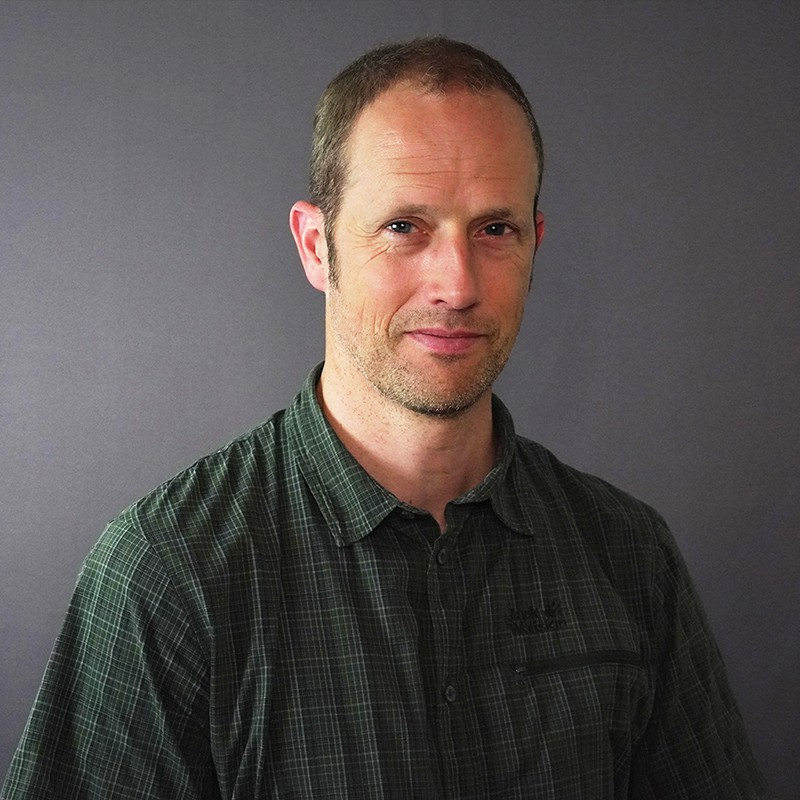Publikasjonsdetaljer
- Del av: Monumental Computations: Digital Archaeology of Large Urban and Underground Infrastructures. Proceedings of the 24th International Conference on Cultural Heritage and New Technologies (Propylaeum, 2021)
- Sider: 227–238
- År: 2021
- Lenker:
A new processing chain for automated archaeological mapping from airborne lidar data is proposed. First, the lidar data was converted to a detailed digital terrain model (DTM), which was then converted to a local relief model (LRM) in which cultural heritage objects may be visible.
Simple faster R-CNN was used as the basis for the detection method. This deep neural network was pre-trained on the ImageNet labelled image database. Additional training
was done on LRM images containing known locations of grave mounds, pitfall traps and charcoal kilns.
The classification performance was 87 % consumer’s accuracy on a test set not seen during training. At the same time, the producer’s accuracy was 75 %. However, all the test set images contained at least one cultural heritage object. In most landscapes, the majority of image patches of the same size may contain no cultural heritage objects visible in the DTM. Thus, the estimated producer’s accuracy of 75 % may be too optimistic. On the other hand, the number of false positives appeared to be low on the Øvre Eiker unlabelled test data. In conclusion, it was demonstrated that faster R-CNN is well suited, in terms of consumer’s accuracy, for automated detection of cultural heritage objects such as charcoal kilns, grave mounds and pitfall traps in high resolution airborne lidar data. However, one may expect that the method must be improved in terms of producer’s accuracy in order to limit the number of false positives when applied on large areas for detailed archaeological mapping.
